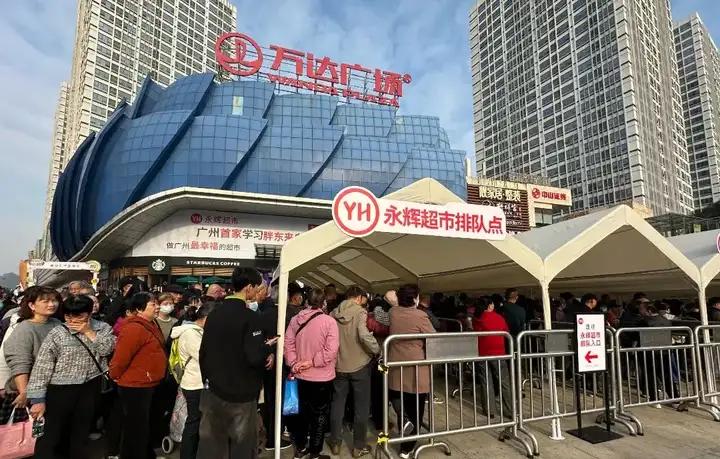The Struggle of Yonghui's Transformation
Yonghui Superstores announced a projected loss of 1.4 billion yuan for 2024, highlighting challenges in adopting Donglaibashi’s retail model despite renovating 31 stores. This analysis explores why the transformation faces hurdles.

China’s retail landscape is undergoing a profound transformation, with traditional supermarket chains like Yonghui Superstores seeking new paths to profitability. The recent announcement of Yonghui’s projected 1.4 billion yuan loss for 2024 has sparked discussions about the effectiveness of its adoption of the Donglaibashi model.
The Donglaibashi model, pioneered in Xuchang, China, emphasizes exceptional customer service, employee welfare, and quality products. However, several factors complicate Yonghui’s implementation of this approach:
Scale and Geographic Complexity Yonghui operates 774 stores across 29 provinces in China, creating significant challenges in maintaining consistent service standards and supply chain efficiency. Unlike Donglaibashi’s concentrated presence in smaller markets, Yonghui must navigate diverse consumer preferences and varying operational costs across major metropolitan areas.
Cost Structure Challenges The financial dynamics of implementing the Donglaibashi model in tier-one cities differ substantially from smaller markets. Higher rental costs, increased labor expenses, and more intense competition in major urban centers make it difficult to maintain the same level of employee benefits and customer service while remaining profitable.
Cultural Transformation Hurdles The shift requires more than physical store renovations. It demands a fundamental change in corporate culture and management philosophy. While the 31 renovated stores have shown improved customer traffic and sales, sustaining this transformation across hundreds of locations requires significant time and resources.
Market Competition Unlike Donglaibashi’s relative market dominance in its home region, Yonghui faces fierce competition from both traditional retailers and new retail formats in major cities. This competitive pressure affects pricing power and profit margins, making it harder to invest in service improvements.
Supply Chain Complexity A core challenge lies in maintaining product quality and competitive pricing across a vast network. The Donglaibashi model’s success partly stems from strong local supplier relationships and efficient inventory management - elements that become exponentially more complex at Yonghui’s scale.
Financial Balancing Act As a publicly listed company, Yonghui must balance shareholder expectations with the investment required for transformation. The initial costs of store renovations, increased employee compensation, and supply chain optimization create short-term financial pressure that smaller, private companies might more easily absorb.
Consumer Perception While some renovated stores have seen significant sales increases, sustaining customer loyalty requires consistent execution across all locations. The risk of uneven implementation could dilute the brand’s renewed value proposition.
The transformation of Yonghui Superstores represents a critical test case for the scalability of localized retail excellence models in China’s evolving market. Success will require not just operational changes, but a sustainable balance between service quality, employee welfare, and financial performance.